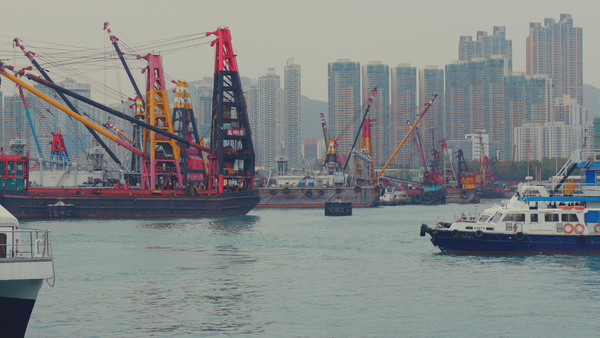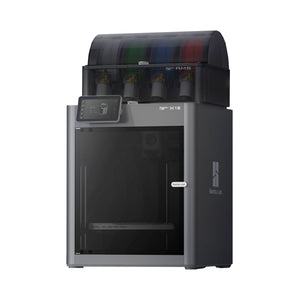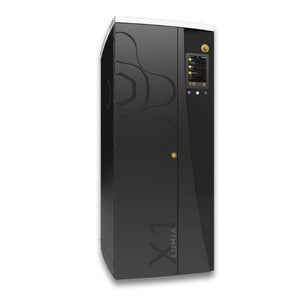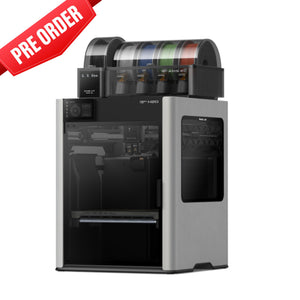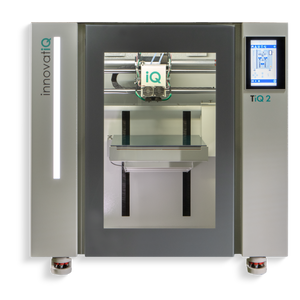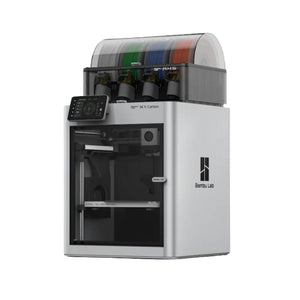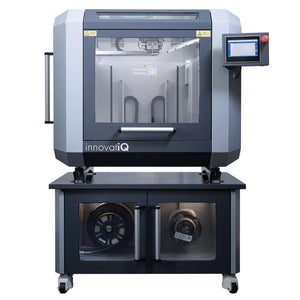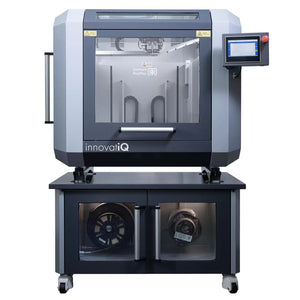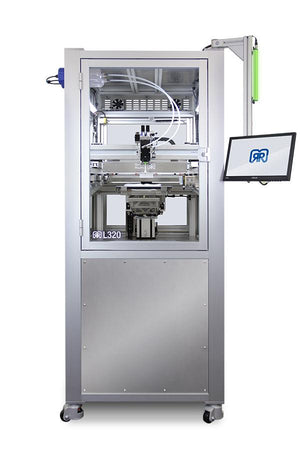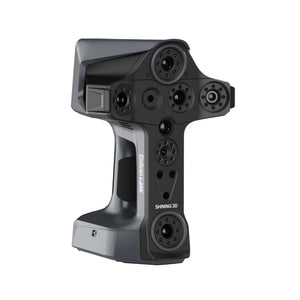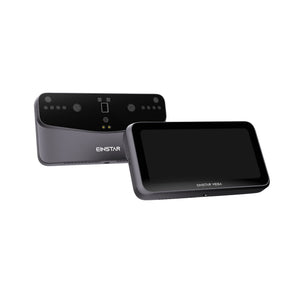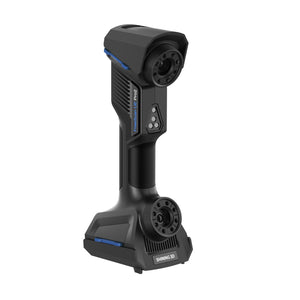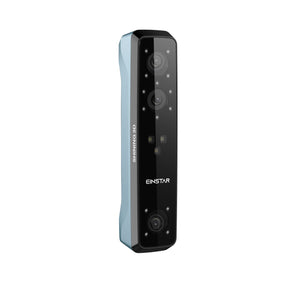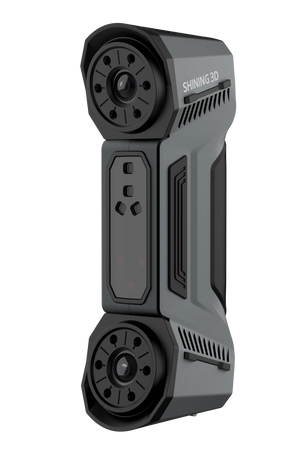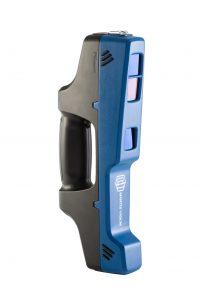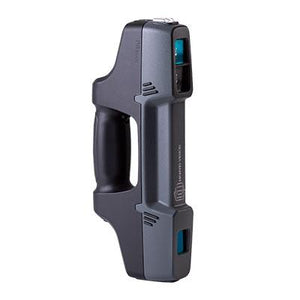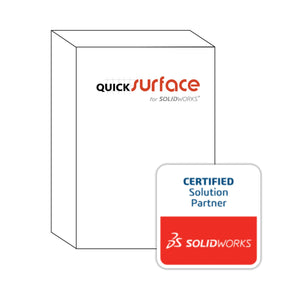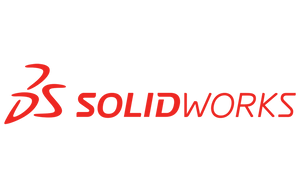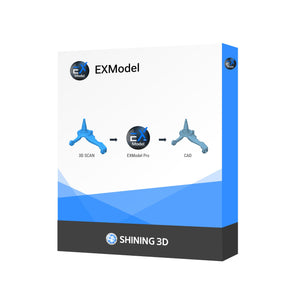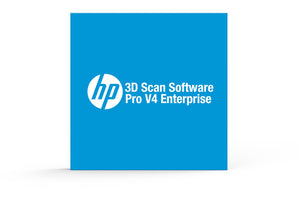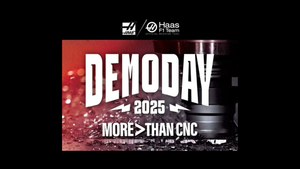Jan 27, 2022
How You Can Take Control of Your Supply Chain with Additive Manufacturing
It seems that every year is now the year of "Supply Chain Problems".
From back-to-back international holiday schedules, COVID delays, to trade wars and increased shipping fees (with longer delivery times) the global manufacturing supply chain feels like it's in a tailspin. As a business leader it feels like manufacturing and supply chain issues are completely out of your control...but, what if I told you we may have the solution?

At 3DChimera, we specialize in helping businesses implement advanced manufacturing techniques to help grow the bottom line.
Traditionally, the role of advanced manufacturing (a.k.a. 3D printing) has been focused on speeding up time to market for engineering teams, by allowing for faster product development with ease of access to iterative prototyping and design. When we could rely on our partners, either overseas or here at home, this extra speed on the front-end meant that your business would gain an edge, allowing you to get to market faster and more efficiently than your competitors.
As the foundations of outsourced manufacturing are being stressed right before our eyes, it is your business that suffers, unable to realize the expected benefits of faster and more efficient product development.
Just a few years ago, advanced manufacturing (3D printing, 3D scanning, 3D CAD) did not have the capability to replace traditional manufacturing at any scale unless you had a multi-million dollar budget. Those days are over.
With the introduction of affordable 3D printing technology, it's possible to build parts quickly that have equivalent, or superior, mechanical properties to components manufactured with traditional techniques like injection molding, machining or casting.
It's not just 3D printing technology that has become more affordable and more advanced, the same is true for 3D scanning. In a 2018 study published by Deloitte, they found that the industries most benefitting from new 3D scanning developments were life sciences, consumer products, construction, and media and entertainment. For these industries, 3D scanning permitted for flexible, more effective supply chains whose primary potential benefits included product design, product customization, quality enhancement, logistics optimization, and after-market sales and services.
To fully realize the benefits of 3D scanning and 3D printing in the supply chain, you need that magic connector, 3D CAD. Computer Aided Design (CAD) software can be used at the start or middle of your design process - you can use it to design prototypes or interpret the scans of prototypes you built in-house. Another application that can complete a disrupted supply chain is to create perfect digital files of pre-existing parts that have never been digitized, files you don't own, or parts that have deteriorated and need to be scanned and rebuilt in CAD before production restarts.
How Does Advanced Manufacturing Help?
With these technologies and applications, your team can enable more efficient supply chains from top-to-bottom with
- increased efficiency
- reduced error and return rates
- improved safety in high-risk environments (physical and viral)
- collaborating with humans both in-person and virtually
- faster delivery or product movement rates
- lower entry costs
- eliminating tooling
- dematerialization and less waste
- reduced energy and carbon emissions from production to transport
- new jobs in your community, building a more resilient workforce
The 3DChimera team has identified and tested the best tools to help you take control of your supply chain.
Depending on what you need, we have a solution!
3DP for super-strong parts:
| German RepRap x500 | FFF 3D Printer |
| German RepRap x400 | FFF 3D Printer |
| MakerBot METHOD X Carbon Fiber Edition | FFF 3D Printer |
| MakerBot METHOD Carbon Fiber Edition | FFF 3D Printer |
| Sintratec S2 | SLS 3D Printer |
3DP for high quantities of small parts:
| Sintratec S2 | SLS 3D Printer |
3DP for small quantities of small parts that are highly complex:
| MakerBot METHOD X | FFF 3D Printer |
| MakerBot METHOD | FFF 3D Printer |
| Sintratec Kit | SLS 3D Printer |
3DS for high accuracy that offers portability:
| Mantis F6 | Infrared light |
| Polyga H3 | Structured light |
| Polyga Carbon | Structured light |
| Polyga Compact | Structured light |
3D CAD:
| Quicksurface | Reverse Engineering |
| Solidworks | Reverse Engineering, Product Design |
| Ansys SpaceClaim | Reverse Engineering, Product Design |
SUPPLY CHAIN WITH 3DCHIMERA
Advanced manufacturing enables manufacturers and small businesses alike to cost-effectively produce parts in ways traditional manufacturing methods cannot. Understanding the best practices can decrease warehousing and manufacturing costs, remove international freight requirements, shorten lead times, reduce risk, and stay agile by implementing 3D printing, 3D scanning and 3DCAD.
With the help of an expert like 3DChimera, we can quickly work with your team to run an Additive Assessment to identify if your business can avoid supply chain issues by implementing advanced manufacturing. Contact us today to get started.

